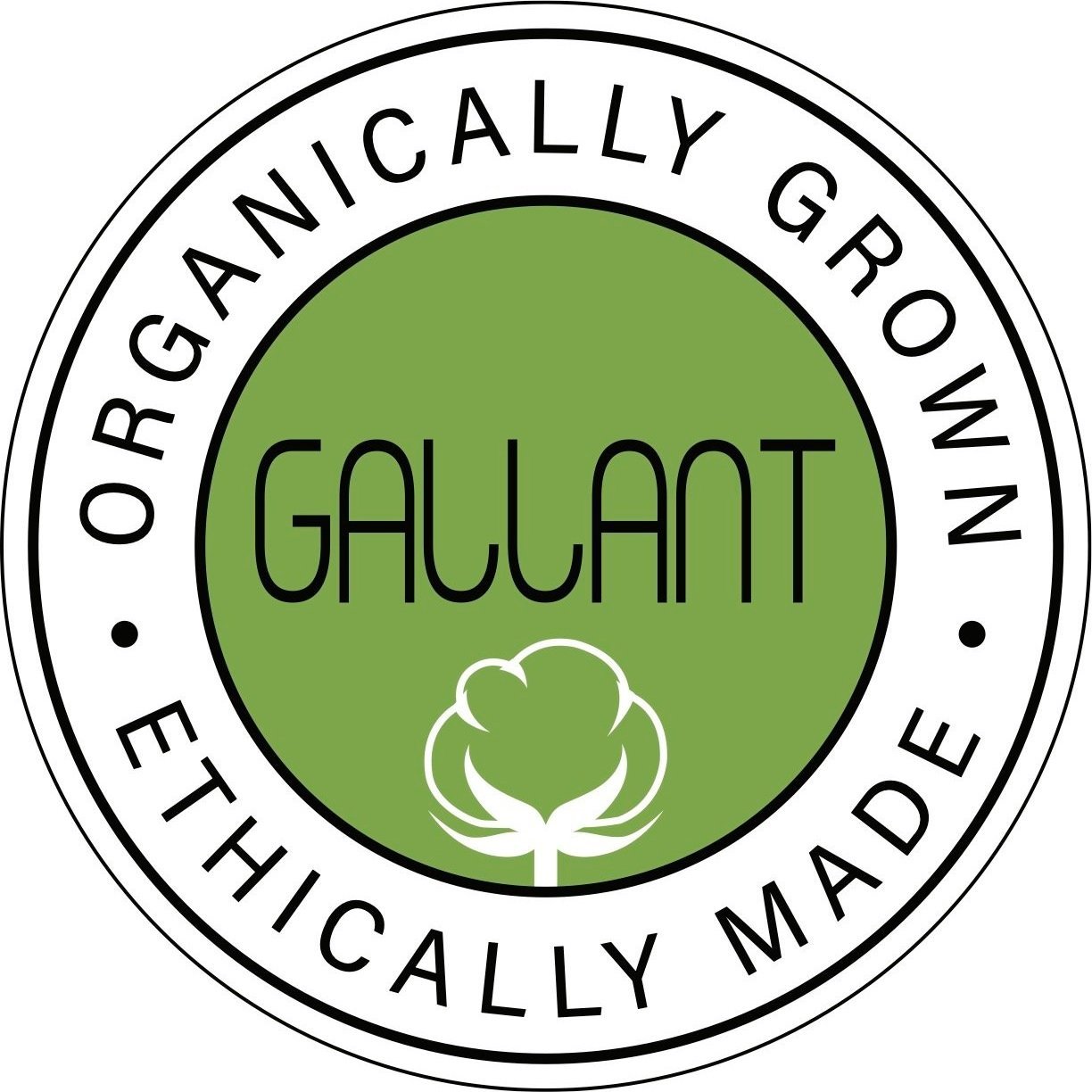SUSTAINABLE DEVELOPMENT GOALS | SDG 2: Zero Hunger
Sustainable Development Goal 2, also known as Goal 2 is labeled as “ZERO HUNGER”.
Last week, we wrote about the history of Sustainable Development Goals and about Goal 1, No Poverty. This week we would like to dive into SDG 2: Zero Hunger. You can access information on SDGs anytime through the United Nation’s website by clicking here.
Sustainable Development Goal 2, also known as Goal 2 is labeled as “ZERO HUNGER”. Its goal is to end hunger, achieve food security and improved nutrition and promote sustainable agriculture.
The Facts And Figures Given By The United Nations:
Credit: UN
In 2017, an estimated 821 million people were undernourished (an increase from 784 million in 2015)
The majority of the world’s hungry people live in developing countries, where 12.9 percent of the population is undernourished
Sub-Saharan Africa remains the region with the highest prevalence of hunger, with the rate increasing from 20.7 percent in 2014 to 23.2 percent in 2017
In sub-Saharan Africa, the number of undernourished people increased from 195 million in 2014 to 237 million in 2017
Poor nutrition causes nearly half (45 percent) of deaths in children under five – 3.1 million children each year.
149 million children under 5 years of age—22 percent of the global under-5 population—were still chronically undernourished in 2018.
Why it matters:
Agriculture is the single largest employer in the world, providing livelihoods for 40 percent of today’s global population. It is the largest source of income and jobs for poor rural households.
500 million small farms worldwide, most still rainfed, provide up to 80 percent of food consumed in a large part of the developing world. Investing in smallholder women and men is an important way to increase food security and nutrition for the poorest, as well as food production for local and global markets.
Since the 1900s, some 75 percent of crop diversity has been lost from farmers’ fields. Better use of agricultural biodiversity can contribute to more nutritious diets, enhanced livelihoods for farming communities and more resilient and sustainable farming systems.
If women farmers had the same access to resources as men, the number of hungry in the world could be reduced by up to 150 million.
840 million people have no access to electricity worldwide – most of whom live in rural areas of the developing world. Energy poverty in many regions is a fundamental barrier to reducing hunger and ensuring that the world can produce enough food to meet future demand.
The Below Targets To End Hunger:
2.1 By 2030, end hunger and ensure access by all people, in particular, the poor and people in vulnerable situations, including infants, to safe, nutritious and sufficient food all year round.
2.2 By 2030, end all forms of malnutrition, including achieving, by 2025, the internationally agreed targets on stunting and wasting in children under 5 years of age, and address the nutritional needs of adolescent girls, pregnant and lactating women and older persons.
2.3 By 2030, double the agricultural productivity and incomes of small-scale food producers, in particular women, indigenous peoples, family farmers, pastoralists and fishers, including through secure and equal access to land, other productive resources, and inputs, knowledge, financial services, markets and opportunities for value addition and non-farm employment.
2.4 By 2030, ensure sustainable food production systems and implement resilient agricultural practices that increase productivity and production, that help maintain ecosystems, that strengthen capacity for adaptation to climate change, extreme weather, drought, flooding, and other disasters and that progressively improve land and soil quality.
2.5 By 2020, maintain the genetic diversity of seeds, cultivated plants and farmed and domesticated animals and their related wild species, including through soundly managed and diversified seed and plant banks at the national, regional and international levels, and promote access to and fair and equitable sharing of benefits arising from the utilization of genetic resources and associated traditional knowledge, as internationally agreed.
2.A Increase investment, including through enhanced international cooperation, in rural infrastructure, agricultural research and extension services, technology development and plant and livestock gene banks in order to enhance agricultural productive capacity in developing countries, in particular, least developed countries.
2.B Correct and prevent trade restrictions and distortions in world agricultural markets, including through the parallel elimination of all forms of agricultural export subsidies and all export measures with equivalent effect, in accordance with the mandate of the Doha Development Round.
2.C Adopt measures to ensure the proper functioning of food commodity markets and their derivatives and facilitate timely access to market information, including on food reserves, in order to help limit extreme food price volatility.
You can participate in the UN’s Zero Hunger Challenge:
By lifting farmers and workers out of poverty through employment, we are helping them feed themselves and their families. Additionally, Gallant International will contribute to buy 100,000 meals through Feeding America. These 100,000 meals will be matched by Tony Robbins, helping to buy 200,000 meals in total for children and families in America. Every purchase of GOTS certified organic cotton T-shirt wholesale from Gallant contributes to all 17 SDGs.


